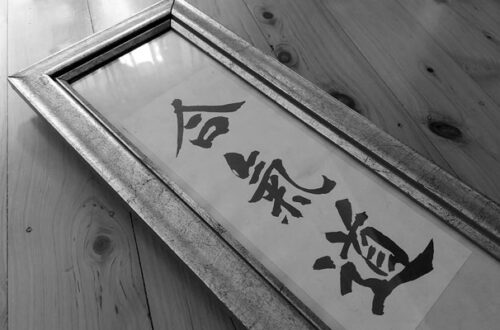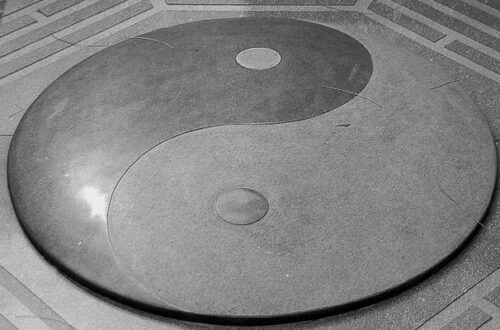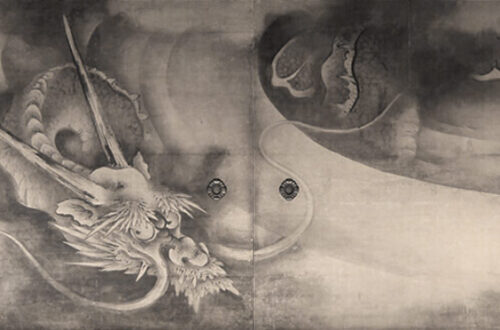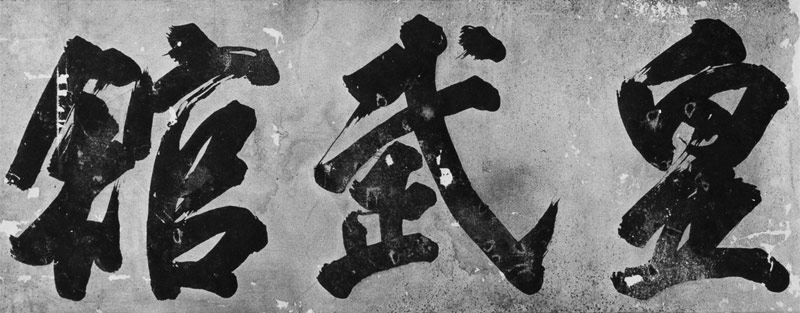
A Journey of Naming: From Daito Ryu to Aikido (Part I)
Aikido, renowned for its philosophy of harmony and non-resistance, has a rich history that traces its roots back to Daito Ryu Jujutsu 大東流柔術. During the evolution of Aikido, Ueshiba used various names for his art before settling on the term “Aikido 合気道”.
Ueshiba had studied multiple martial arts, including Tenjin Shinyo Ryu 天神真楊流, Kito Ryu 起倒流, Yagyu Shinkage Ryu 柳生新陰流, and Judo 柔道 before encountering the martial arts master Sokaku Takeda 武田惣角. In 1915, Ueshiba came across Takeda during his exploratory journey in Hokkaido 北海道. Astonished by Takeda’s knowledge and techniques, he swiftly decided to become Takeda’s disciple. The following year, Ueshiba established a dojo in Shirataki 白滝村 and invited Takeda to reside and teach there. He wholeheartedly committed himself to learning under Takeda, investing considerable time and resources in acquiring Takeda’s art, which he referred to as Daito Ryu Jujutsu. Ueshiba emerged as one of Takeda’s most accomplished students, and the techniques he acquired during this period from Daito Ryu would later form the foundation of the future Aikido.
His training with Takeda essentially concluded in 1919 when he received a telegram stating that his father was seriously ill. During his journey to visit his father, he encountered the person who would profoundly impact his life: Onisaburo Deguchi 出口王仁三郎, the spiritual leader of Omoto Kyo 大本教 religion. Following his father’s passing, Ueshiba aligned himself with Deguchi and relocated to the Omoto Kyo center in Ayabe 綾部, where he would reside for the next eight years. With Deguchi’s support and guidance, Ueshiba established his inaugural dojo, Ueshiba Juku 植芝塾, and started teaching Daito Ryu Jujutsu to the Omoto Kyo followers. In 1921, during the First Omoto Kyo Incident, the center was destroyed, and fortunately, Ueshiba Juku was undamaged. In the following two years, he worked together with Deguchi to rebuild the center and continued to teach Daito Ryu. Concurrently, Ueshiba’s techniques began to transform under the religious influence of Omoto Kyo.
In 1922, Takeda visited Ueshiba in Ayabe to provide instruction. According to the recollection of the second Doshu, Kisshomaru Ueshiba, Deguchi once referred to his father’s art as “aiki”. During Takeda’s visit, Ueshiba discussed this with him and they came to an agreement, leading to the art being renamed as Daito Ryu Aikijutsu 大東流合気柔術. However, Takeda didn’t get along well with Deguchi and left after receiving some money from him. Later, Deguchi encouraged Ueshiba to establish his own ryu of martial art, which eventually led to the divergence from the original Daito Ryu.
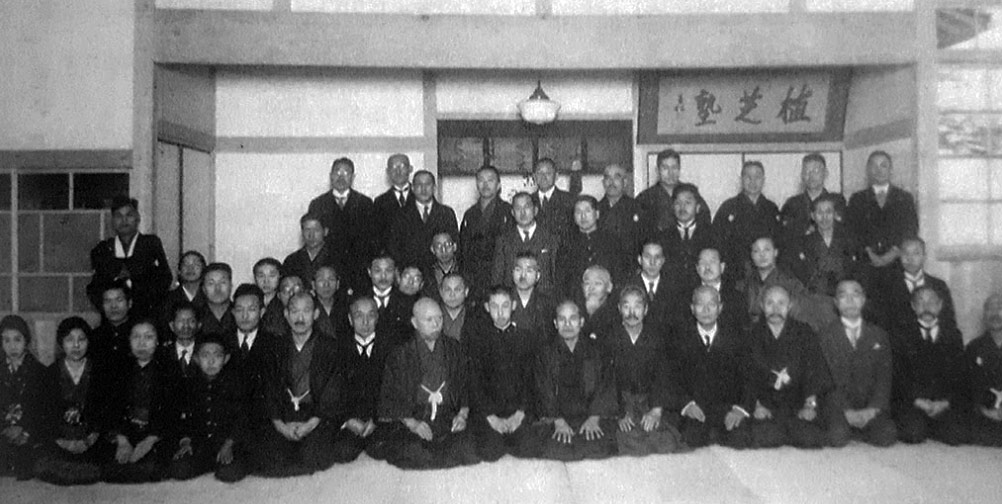
Kobukan Dojo 皇武館道場 in Shinjuku’s Wakamatsu district
Over the next few years, the art came to be referred to as Ueshiba Ryu Aikijutsu 植芝流合気柔術 or Ueshiba Ryu Aiki Bujutsu 植芝流合気武術, moving away from the original Daito Ryu name. In 1927, Ueshiba and his family relocated to Tokyo. He continued using the terms Aikijutsu or Aiki Bujutsu until the construction of the Kobukan Dojo 皇武館道場 in Shinjuku’s Wakamatsu district in 1931.

Dai Nippon Budo Senyokai 大日本武道宣揚会
In the following years, Ueshiba started using the term Aiki Budo 合気武道, marking a symbolic transition from “Jutsu 術” to “Do 道”. The name Kobudo 皇武道 was also used. In 1932, the Dai Nippon Budo Senyokai 大日本武道宣揚会 organization was established under the sponsorship of Omoto Kyo for the promotion of Japanese martial arts. Ueshiba became its first president and he would visit branch dojos to teach. Yet, the organization only lasted for approximately three years and was eventually dissolved, coinciding with the Second Omoto-kyo Incident.
Suggested Reading: A Journey of Naming: From Daito Ryu to Aikido (Part II)
Author’s Note: We appreciate your readership! This article serves as a preliminary introduction to the subject matter. While we aim for accuracy, we cannot guarantee the content’s precision and it may contain elements of speculation. We strongly advise you to pursue additional research if this topic piques your interest. Begin your AikidoDiscovery adventure! 🙂


